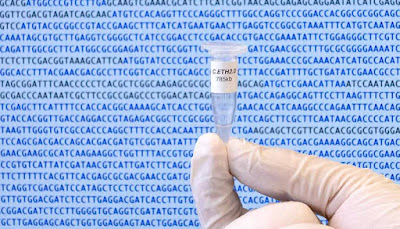MORE WRONG ANSWERS GET QUANTUM COMPUTERS TO FIND THE RIGHT ONE
In quantum computer systems, producing more mistakes in a provided procedure may help expose the right answer, inning accordance with new research.
profil barcelona dan prediksi di la liga
Unlike conventional computer systems, the processing in quantum-based devices is loud, which creates mistake prices significantly greater compared to those of silicon-based computer systems. So quantum procedures duplicate thousands of times to earn the correct answer stand apart statistically from all the incorrect ones.
"THE IDEA HERE IS TO GENERATE A DIVERSITY OF ERRORS SO YOU ARE NOT SEEING THE SAME ERROR AGAIN AND AGAIN."
But operating the same procedure over and over again on the same qubit set may simply produce the same inaccurate answers that can show up statistically to be the correct answer. The service, scientists record, is to duplicate the procedure on various qubit sets that have various mistake signatures—and therefore will not produce the same associated mistakes.
"The idea here's to produce a variety of mistakes so you're not seeing the same mistake over and over," says Moinuddin Qureshi, a teacher in the Institution of Electric and Computer system Design at Georgia Institute of Technology, that exercised the method with his elderly PhD trainee, Swamit Tannu.
"Various qubits have the tendency to have various mistake signatures. When you integrate the outcomes from varied sets, the right answer shows up although each of them separately didn't obtain the right answer," says Tannu.
A COUNTERINTUITIVE IDEA FOR QUANTUM COMPUTERS
Tannu contrasts the method, known as Ensemble of Varied Mappings (EDM), to the video game show That Desires to be a Millionaire. Participants that aren't certain of the solution to a several choice question can ask the workshop target market for help.
"It is not necessary that most of individuals in the target market know the right answer," Qureshi says. "If also 20% know it, you can determine it. If the answers go equally in the 4 containers from individuals that have no idea, the right answer will obtain 40% and you can select it also so a fairly small variety of individuals obtain it right."
Experiments with an current Loud Intermediate Range Quantum (NISQ) computer system revealed that EDM improves the inference quality by 2.3 times compared with state-of-the-art mapping formulas. By combining the output possibility distributions of the varied ensemble, EDM amplifies the correct answer by reducing the inaccurate ones.
The EDM method, Tannu confesses, is counterproductive. Qubits can be placed inning accordance with their mistake rate on specific kinds of problems, and one of the most rational strategy may be to use the set that is most accurate. But also the best qubits produce mistakes, and those mistakes are most likely to coincide when the procedure is done thousands of times.
Choosing qubits with various mistake rates—and therefore various kinds of error—guards versus that by ensuring that the one correct answer will rise over the variety of mistakes.
"The objective of the research is to produce several various variations of the program, each which can slip up, but they'll not make similar mistakes," Tannu explains. "As lengthy as they make varied mistakes, when you average points out, the mistakes obtain terminated out and the right answer arises."



